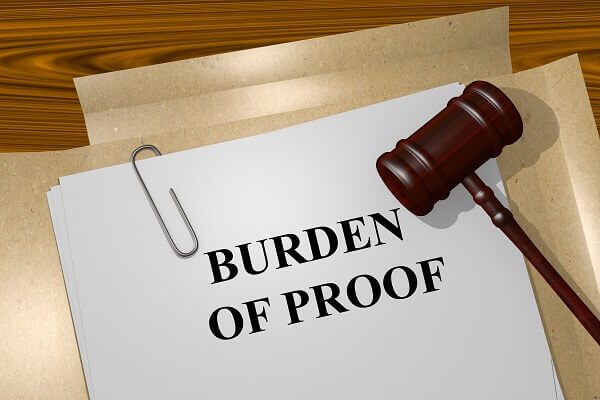 You know you have a good case: You were injured and another party was at fault — by way of negligence, carelessness, or myriad other reasons. You want to file a lawsuit and seek redress under the law; you believe there are damages you should be awarded, including for things like property damage, lost wages, pain and suffering, medical treatment, and various other damages.
You know you have a good case: You were injured and another party was at fault — by way of negligence, carelessness, or myriad other reasons. You want to file a lawsuit and seek redress under the law; you believe there are damages you should be awarded, including for things like property damage, lost wages, pain and suffering, medical treatment, and various other damages.
Although the majority of personal injury lawsuits are settled by insurance companies, a number of cases do end up going to trial. It is crucial for you to know what to expect should this happen with your claim.
Various Components of a Personal Injury Claim
When cases go to court, they go through various steps — from start to finish. In many personal injury cases, a jury selection will take place. A jury can be composed of 12 or fewer individuals who are selected and questioned by the judge. The judge or your attorney will ask numerous questions to the selected individuals to see their personal views on various case types, and to learn more about them personally. Questioning a juror helps determine if a person is a good candidate or if they have certain biases.
After a jury is selected, the case will move to trial. Trial for personal injury claims typical start with opening statements. The prosecution and the defense will each be allotted time to make an opening statement in support of their legal claim. Typically, the personal injury attorney supporting the victim will give their opening statement first because they have the burden of proof.
Burden of Proof
To file a successful claim against an at-fault party, the claimant must clearly demonstrate the burden of proof. After opening statements are heard, the case will move on to presenting the evidence. Personal injury attorneys will generally call witnesses to testify to back up the evidence presented during the trial. Some witnesses can be individuals who personally witnessed an incident occur: doctors, financial experts, and even experts who re-create the scene of the incident.
 After the claimant’s attorney presents all relevant evidence, the defense is provided an opportunity to present evidence of their own. Defense attorneys can call forth witnesses and present documentation to support their argument against the claimant. After both sides present their evidence, each side will be given the opportunity to cross-examine witnesses.
After the claimant’s attorney presents all relevant evidence, the defense is provided an opportunity to present evidence of their own. Defense attorneys can call forth witnesses and present documentation to support their argument against the claimant. After both sides present their evidence, each side will be given the opportunity to cross-examine witnesses.
After witnesses are cross-examined, both sides will begin to present their closing arguments. The defense and plaintiff are both given one final chance to try and persuade the jury to present a favorable outcome for them. The jury will then deliberate in a separate room and come to their own conclusion or verdict.
Personal injury cases, like car accidents, are usually deliberated rather quickly. In some cases, they can take several days. Once a verdict is reached, the jury informs the judge, and then they present the verdict to both parties.
